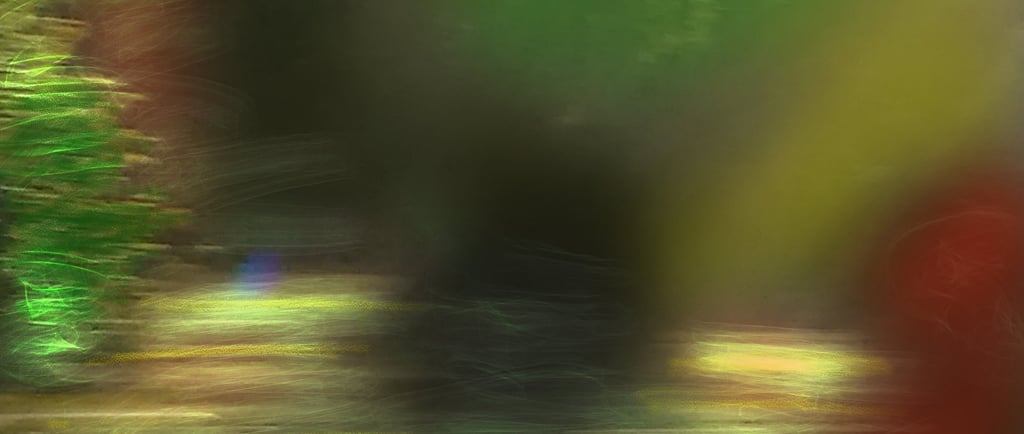Why I Let My Tears Fall: When Grief Comes in Waves
BELONGINGCREATIVITY
Maša Hilčišin
7/16/20253 min read


I have shed quite a few tears lately. Not the kind that slip quietly down your cheek—but the kind that arrive in waves, unannounced, and overwhelming.
I am in a season where grief merges with almost full force. And what am I grieving?
Loss.
The loss of family. Friends who have moved far away. The country I once called home. The place I used to work. And most tenderly, the loss of my mother.
She passed over 13 years ago, yet the pain I feel for her today is more present—more alive—than ever.
Healing Is Not Linear
Grief is not tidy. It does not follow a timeline. One of the most profound things I have learned is this: healing is not linear.
There are moments I feel deeply whole, and then, without warning, I am flooded with memories. Some joyful, some painful, some from relationships and places I thought I had long forgotten.
Even the unhealthy, even the lonely, come back like waves returning to shore.
Why? Because I am ready.
As reflected in the article Experiencing the Mortificatio: Jung on Grief, Grieving and Mourning: "Since our culture has been dismissive of alchemy—regarding it as little more than the medieval precursor of chemistry—we have ignored the alchemists’ understanding that living is change and change has patterns. For example, there are times when things that had structured our lives (e.g. relationships, jobs, daily routines) dissolve (the solutio); there are times when we are forced to make choices, to carry out into physical reality some idea or vision (the coagulatio); there are times when we must discern, discriminate, or differentiate this from that (the separatio). All of these are archetypes of change, and there are a lot more of them." (Jungian Center for the Spiritual Sciences, n.d.)
Jung’s alchemical metaphor reveals that grief is not just a chaotic experience but part of a sacred transformation. When the structures that once grounded us—be it relationships, work, or daily rhythms—dissolve (the solutio), we enter a necessary phase of dissolution and surrender. This breaking down makes way for new forms to emerge.
Why Do We Hide Our Pain?
So many tears have come to me recently, more than ever before. And even though they sting, they feel like a form of cleansing. A sacred baptism of becoming.
Still, a question haunts me gently: Why do we hide pain? Why don’t we speak more openly about it?
I have hidden mine too. Crying mostly in solitude, ashamed of being “too much.” Afraid of what others might think.
Afraid of burdening anyone. Afraid of being told, “Again? What now?”
Somewhere along the line, many of us were taught to associate grief with weakness. To equate crying with shame. We were handed scripts about strength that had nothing to do with emotional honesty.
Creating Space for Grief
But here’s what I have come to believe with all my heart: Grief is not weakness.
Grief is love. Grief is resilience. Grief is the echo of connection that once was—and perhaps still is.
So I choose to write about it. To create from it. To speak its name.
I am learning to honor grief as a valuable teacher. It shows me the depth of my capacity to love, to let go, to remember, and to feel fully alive.
Tears, memories, silence, and story, these are my tools. This is my art. And I believe it’s one of the most important forms of healing I can embrace.
So if you are crying too, if grief has chosen this moment to revisit you, trust it. Let the tears fall. Let the memories rise. Let your heart speak.
And most of all, don’t hide.
References:
Jungian Center for the Spiritual Sciences. Experiencing the Mortificatio: Jung on Grief, Grieving and Mourning. Available at: https://jungiancenter.org/experiencing-the-mortificatio-jung-on-grief-grieving-and-mourning/#:~:text=It%20is%20only%20possible%20to%20live%20the,One%20of%20these%20primordial%20thoughts%20is%20the (Accessed on July 16th. 2025)